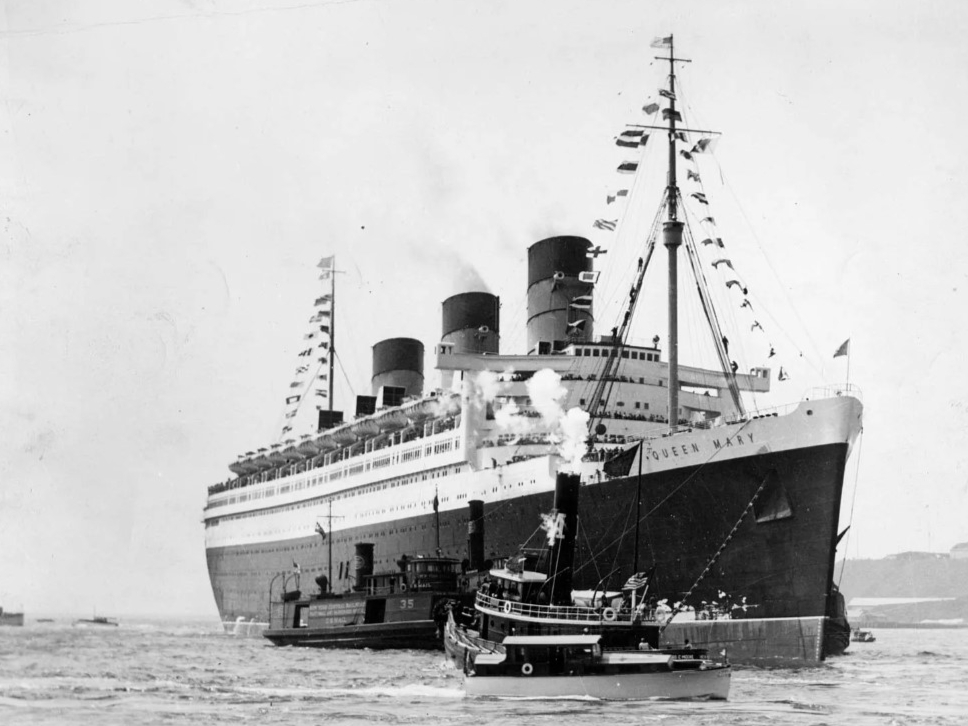For centuries, the River Clyde in Glasgow stood as the undisputed epicenter of global shipbuilding, a testament to unparalleled engineering prowess and industrial might. The term ‘Clydebuilt’ transcended mere construction, becoming a worldwide hallmark of exceptional quality and craftsmanship, signifying vessels launched from these revered Scottish yards were among the finest afloat.
In the 19th and 20th centuries, this mighty river birthed an astonishing 30,000 ships, accounting for an incredible 20% of the world’s entire shipping output. This monumental contribution solidified Glasgow’s position as the shipbuilding capital, driving innovation and shaping international trade and travel for generations. This rich Scottish History of industrial excellence is a source of immense pride.
As Glasgow celebrates its 850th anniversary, it’s timely to reflect on the monumental impact of these Famous Ships and the enduring legacy of the Clyde. The city’s Maritime Heritage is deeply woven into the fabric of its identity, with countless Glaswegians having personal connections to the shipyards through generations of skilled workers.
At its zenith, tens of thousands of individuals found employment within the bustling shipyards that lined the Clyde from Govan to Clydebank. The riverbanks were transformed into a hive of activity, dominated by colossal dry docks, towering cranes, and the skeletal frames of massive steel monoliths, meticulously pieced together by the dedicated people of Glasgow during an era of significant Industrial Revolution.
Among the most celebrated was the RMS Queen Mary, a true icon of transatlantic travel, constructed by John Brown at Clydebank for Cunard-White Star Line. Launched in 1936, she swiftly captured the prestigious Blue Riband for speed and boasted magnificent Art Deco interiors. This grand Ocean Liner served valiantly as a troopship during World War II before returning to passenger service, ultimately ferrying over 2 million passengers and 810,000 military personnel during her illustrious career.
Her sister ship, the Queen Elizabeth, launched in 1938, surpassed her in size to become the largest cruise liner globally at the time. Providing a vital weekly transatlantic service between Southampton and New York City, she quickly gained international renown. Her dramatic end, succumbing to fire and capsizing in Hong Kong harbour, even secured her a cameo in a James Bond film, cementing her legendary status.
The Queen Elizabeth II, built by John Brown’s shipyard in 1965, continued the legacy, operating as both a transatlantic liner and a cruise ship for Cunard until 2008. Designed with curated artwork and historical maritime artefacts, she represented a blend of luxury and history. Today, this magnificent vessel has been repurposed as a floating hotel in Dubai, a testament to her enduring structural integrity and historical significance.
Another titan of the seas, the RMS Aquitania, also a product of John Brown & Company in Clydebank, served an extraordinary 36 years from 1914 to 1950. Nicknamed ‘The Ship Beautiful’ for her opulent interiors and ‘Old Reliable’ for her indispensable military service in both world wars, she exemplifies the robust and versatile design synonymous with being Clydebuilt.
While the post-World War II era gradually saw the decline of Clyde shipbuilding, unable to compete with emerging global industries, the profound impact of Glasgow’s contribution to maritime history remains indelible. The stories of these legendary ships and the ingenious minds and tireless hands that built them continue to inspire awe, forever etching the River Clyde’s unparalleled legacy into the annals of time.






Leave a Reply